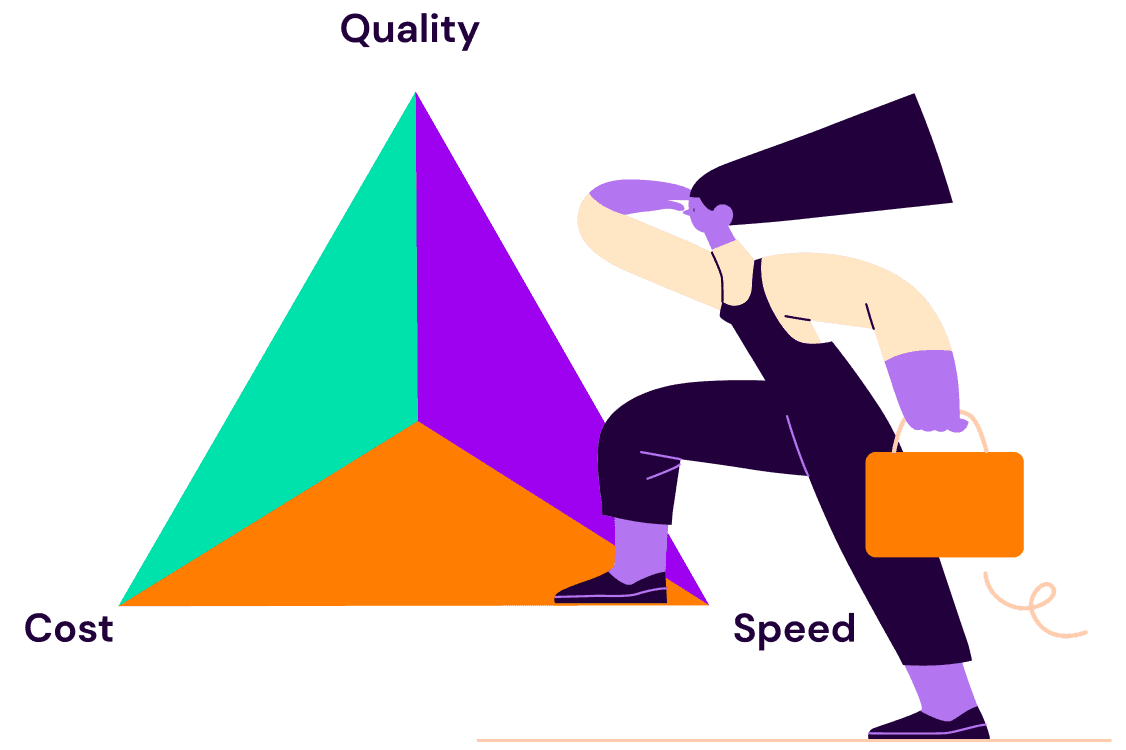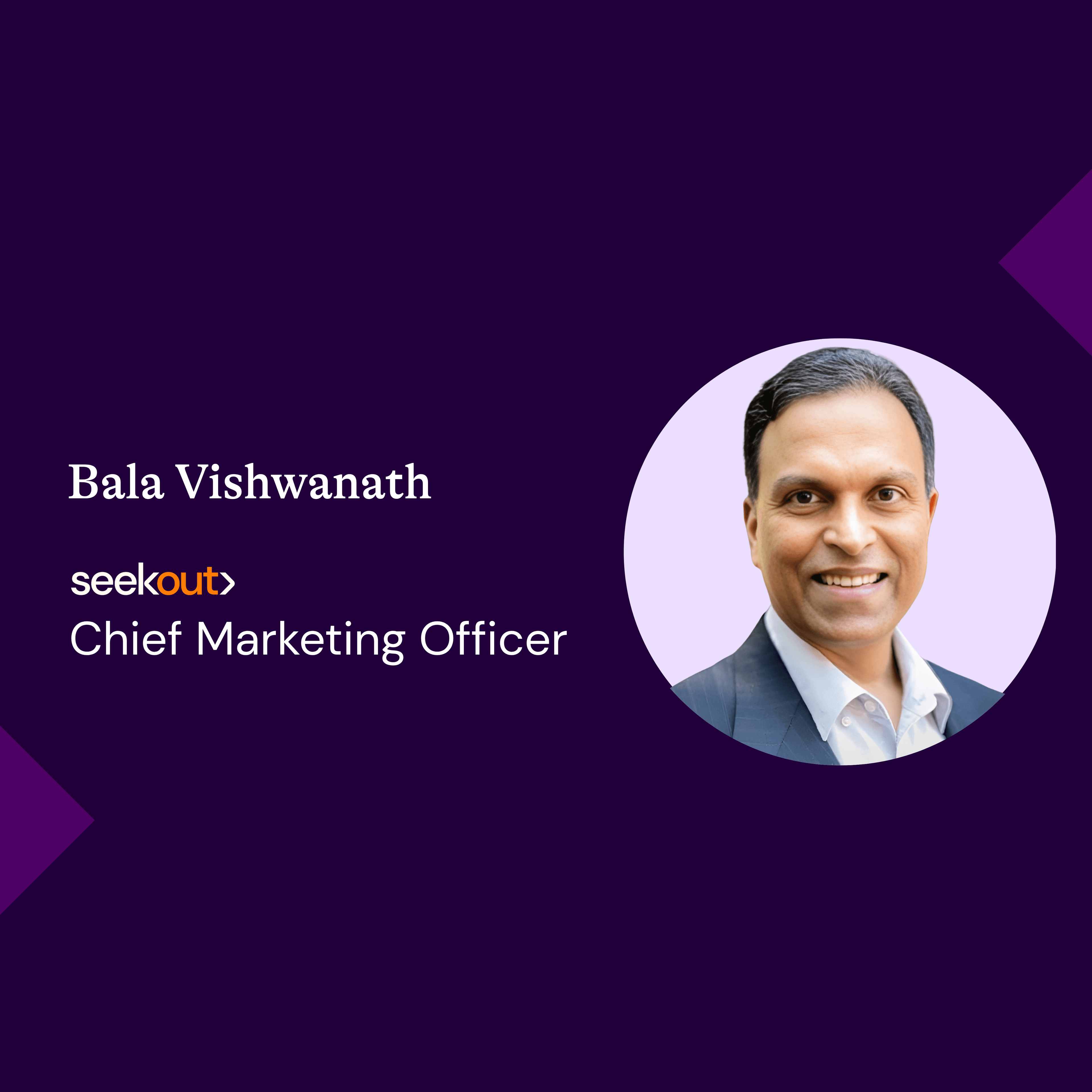
Back to blogs

Data-driven Diversity: 4 Ways Your Team Can Start 2021 on the Right Path
Diversity and inclusion are top of mind for many company leaders today. It’s the right thing to do to combat social injustice, and research has shown that diverse teams perform better overall. But finding more diverse candidates to interview is one of the biggest barriers to improving diversity.
Data can help. In fact, 81 percent of attendees on a recent webinar agreed it would be helpful to have diversity statistics for setting and achieving goals. However, 91 percent said they had difficulty finding the statistics they needed.
The right data can help you and your team think more strategically about how to approach diversity hiring in 2021.
1. Setting realistic diversity targets
It’s common for HR leaders to be given corporate diversity targets, but they may not always be realistic. Taking a more proactive approach with data can help you get a seat at the table while goals are being discussed and set.
Understand your talent pool demographics by looking at your competitors’ demographic data, as well as regional demographic data. Compare that to your own data to find opportunities to improve. For example, if 3 percent of your workforce is comprised of Black employees, but 10 percent of your regional population are Black, consider how you might better attract and retain Black workers.
Break down demographic data by seniority, discipline, and specific roles to find exactly where you should focus your diversity recruitment efforts. For example, if your competitor and regional data show a higher percentage of Black software engineers than you have on your team, you will know you have a strong opportunity to hire more talent from that group.
2. Strategically advising hiring managers to craft better job requirements
A Hewlett Packard internal report found that men apply for a job when they meet 60 percent of the qualifications, but women apply only if they meet 100 percent of them. Your hiring managers may be inadvertently derailing your diversity recruiting efforts with long lists of must-have skills and qualifications.
Empower your talent acquisition team to have data-driven conversations around job requirements, so they can become true strategic advisors to your hiring managers. For example, they can show how the original job requirements yielded only 50 candidates across the country, with only a handful from underrepresented groups. By removing unnecessary skill, location, or title requirements, they can show hiring managers how to access a larger, more diverse talent pool.
3. Strategically sourcing and submitting diverse slates
Traditionally, sourcers have uncovered candidates from underrepresented groups by building Boolean strings based on where diverse people are. But many of these strings aren’t accurate—and may even introduce bias. For example, searching the top 100 US female names finds less than 20 percent of women, and those women will be predominately white. A quarter of Historically black colleges and universities (HBCUs) students aren’t Black, and only 9 percent of Black college students attend HBCUs.
Dig into your data to see where candidates from underrepresented groups are coming from, and use that to refine your sourcing strategy. For instance, what companies have they worked for, where are they located, and what colleges did they attend? Help your team go beyond traditionally-used search strings by investing in sourcing platforms that use data and AI to accurately find candidates from underrepresented groups, and reduce bias.
And when hiring managers submit slates to hiring managers, encourage them to include at least two women and two minorities. Studies have shown that a more diverse slate of candidates increases the probability of hiring someone from an underrepresented group.
4. Diagnosing bottlenecks in the talent funnel
Finally, use data to uncover breakdowns in your talent funnel. Is there a stage where candidates from underrepresented groups are disproportionately screened out of your hiring process? Is your turnover rate higher for employees from underrepresented groups?
Diagnosing pitfalls in your talent funnel can guide you toward solutions. For example, blind resume reviews can reduce bias early in the process, while structured interviews and assessments can reduce bias later on.
But simply hiring a candidate from an underrepresented group doesn’t help you build a more diverse workforce if you can’t retain them. Keep a pulse on why employees are leaving, so you can provide more transparency in the hiring process—or move to enact change.
Final thoughts on data-driven diversity
There is a great opportunity for your team to leverage data and insights to set diversity targets, become talent advisors to your hiring managers, and achieve or exceed your targets. But increasing representation at the top of your talent funnel is only part of the equation.
Candidates from underrepresented groups should feel included, and know that their different personal experiences and ways of thinking are accepted and celebrated. Diversity, inclusion, and belonging are all very important, and need to be thought about concurrently to achieve true progress and better outcomes.
Ready to build a more talented, diverse team? Get a demo to see how SeekOut provides you the needed diversity talent insights to get a competitive edge in recruiting hard-to-find and diverse talent.
SeekOut is the #1 rated diversity recruiting software on G2 Crowd.
Jen Dewar, SeekOut Content Writer
See us in action
Learn how SeekOut unifies people data to help organizations reach their talent goals
Request a demo



